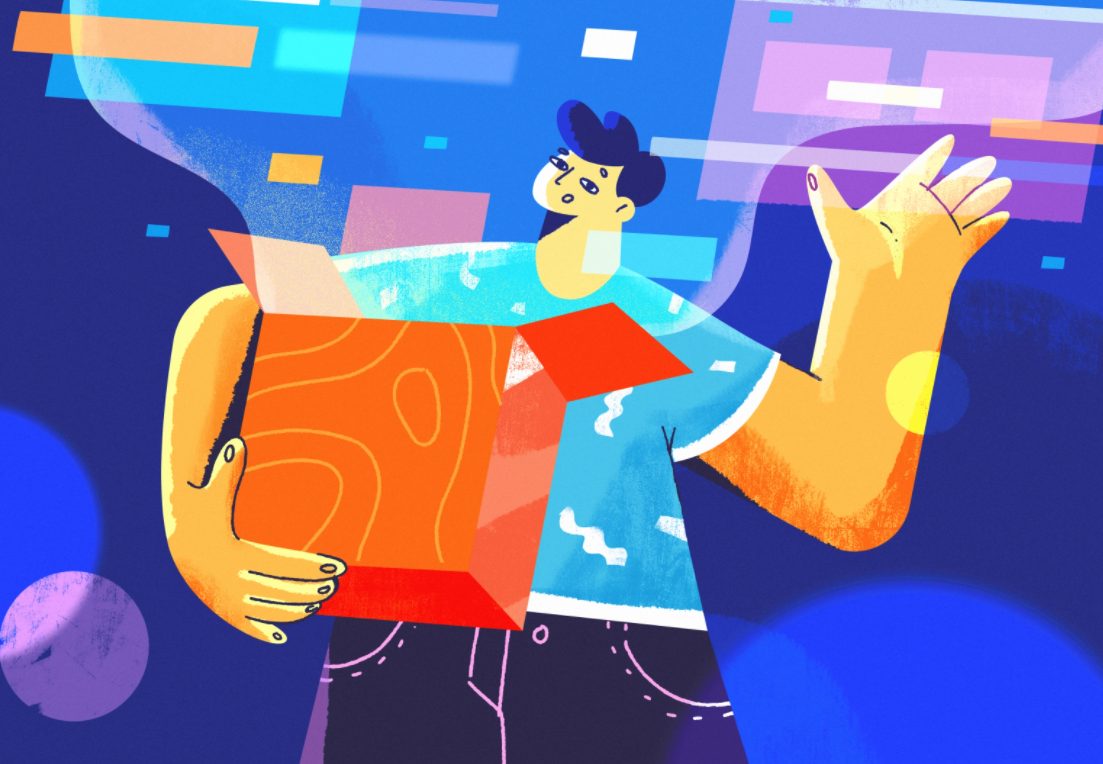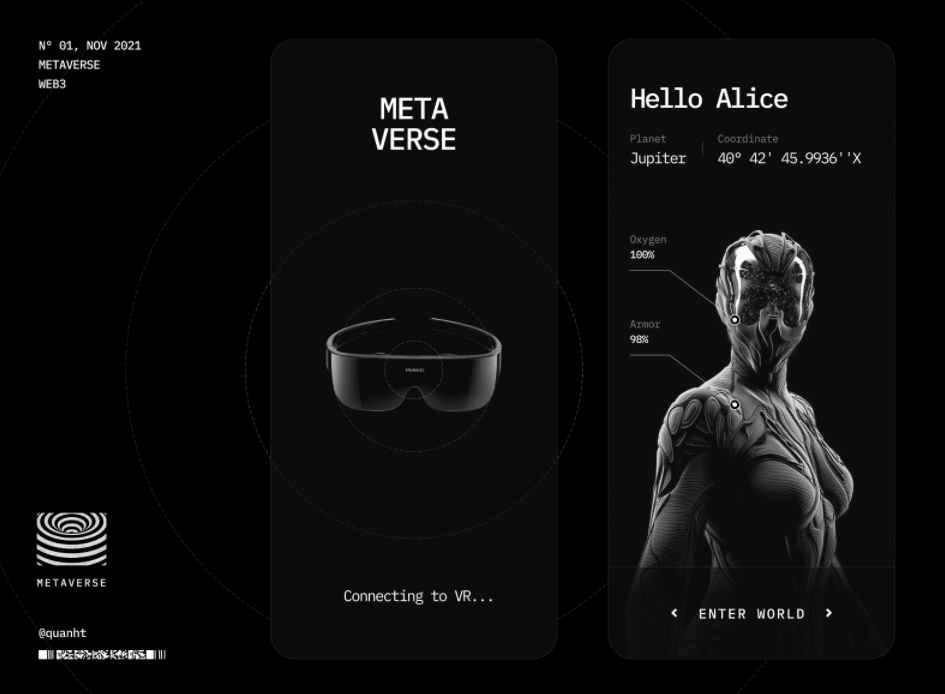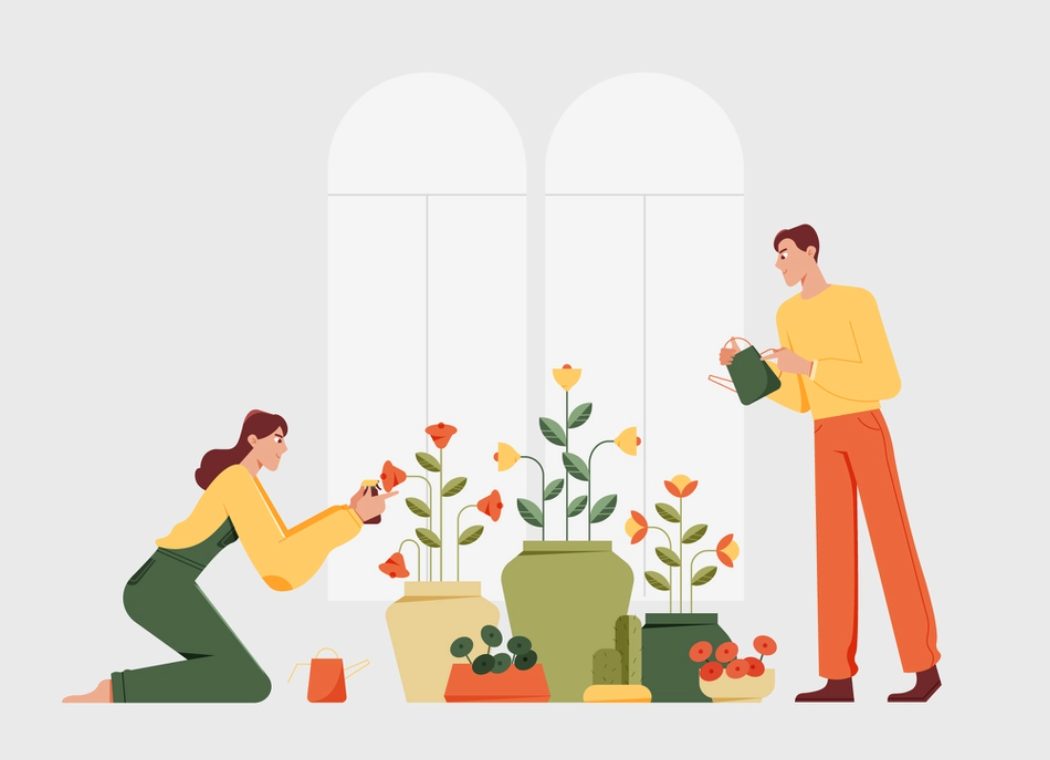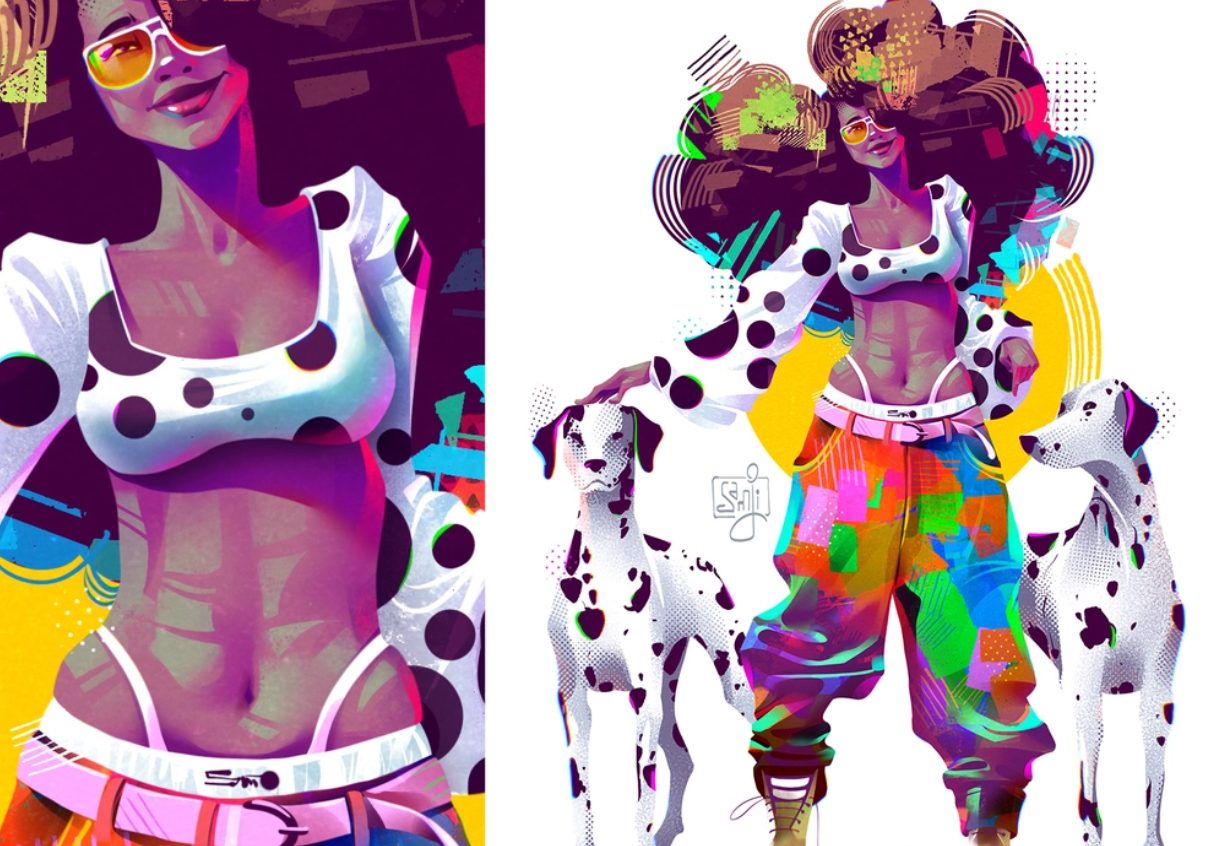Product Design Process: How To Design a Product | Fireart
You have a great idea to solve some users’ problems. Now, how to design a product that will embody your thinking? In this article, we will explain how to create the design for a UX-oriented product to get its audience’s interest, what steps you should take when creating a product design, and what crucial points you should consider.
We all know about design in our hearts but can hardly explain it in words. When we start to notice it, there are chances that something’s wrong with it. Design mistakes may cost a lot. The losses are counted in millions of dollars. But what’s more important: they may cost you the loyalty of your clients.
So, how to do it the right way? This guide will discuss the product designing process, describe each step in detail, and give you some useful tips on product design.
What is a product design?
Surely, product design is more than great visuals. It’s a feeling that everything is in the right place. You don’t need to think about where to click to make an order. You clearly understand that this exact button will cancel your subscription, and the other one will help you log in via social media.
The product design process incorporated best practices, trends, understanding of behavioral patterns, psychology, and knowledge of the product itself. It helps to make things clear. When the website design feels right, we start to think that the product or service will also feel right.
But before we start analyzing processes, let’s first give a product design definition and answer, ‘What is product design?’ In this way, it will be easier for you to understand how to design a product and why you need to worry about the product design.

Martha Bergmann, the Product Designer at Invision, says:
‘Product design is about creating products that meet the needs of its users through business strategy, data analysis, user experience design, user research, user interface design, motion design, mockups, and prototypes. It’s all about problem-solving and design thinking, which is part of that product design process.’
By analyzing these definitions, we can list key aspects of product design:
- It meets the needs of the customers
- It delivers the best experience
- It minds all ways to interact with it
- It solves the problems via design thinking
- It uses various tools
- It needs constant improvement
- It works through the business strategy
When designing a new product, you should understand how product design will help you finally create a product that your customers love. And this love will result in higher profits for your business!
Product design, as well as any other type of designing process, cannot be imagined without a set of tools that help them in their job. This list includes the following:
- Wireframing and prototyping apps (like Sketch, Figma, UXPin)
- Graphic design apps (Photoshop, Lightroom)
- Research and data analytics tools (Google Analytics)
- Project management apps (Trello, Asana, Jira)
- Product roadmap apps (ProductPlan, Tara)
What is the product design process?
How to design products and make them flawless? It’s a matter of the product design process. When it is clear, the results are better. What does a product designer do? They ensure that all steps are followed and addressed.
There are certain product design steps necessary for anyone ready to pass the journey of product design. And these steps can be put into design thinking for mobile apps, platforms, and other digital products. This process is nothing less than a framework used to deliver the solutions to the customers.
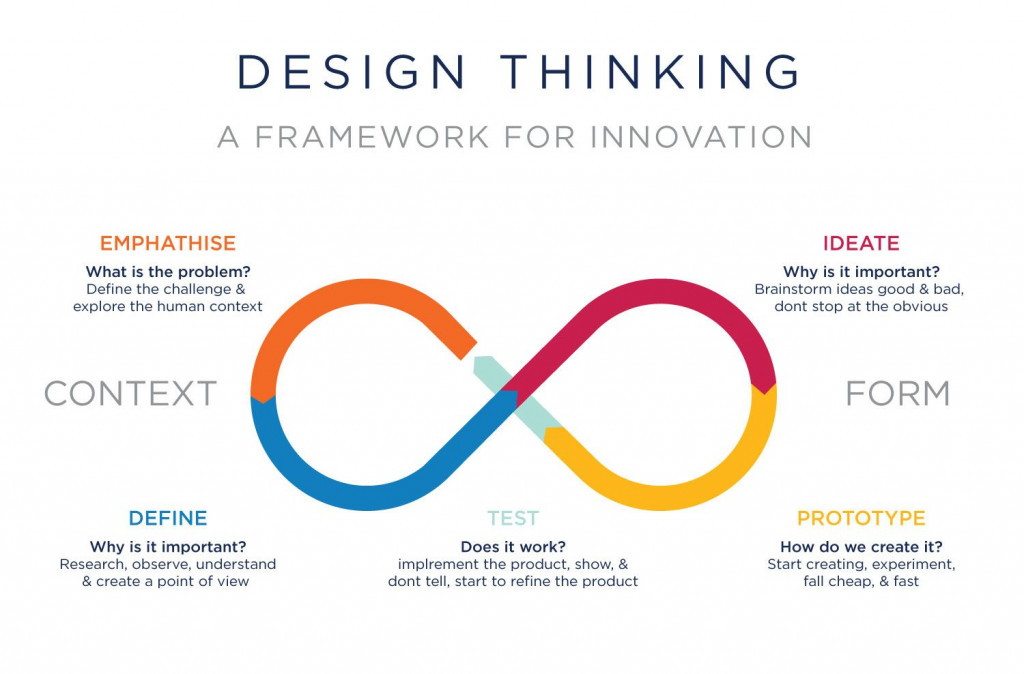
These design processes are similar to the scientific method – define the problem, experiment, test, and learn from the results.
In fact, design thinking involves all scientific approaches:
- Empathize: define the challenge you’re going to deal with
- Define: make a research
- Ideate: generate ideas to find the solutions
- Prototype: create the ways to solve it
- Test: experiment with an approach to find what works better for you
Also, we would define additional steps that are worth to be discussed:
- Pre-launch activities: defining the strategy
- Launch: making sure that everything works as it is planned
- Post-launch activities: conducting user research
How to design a product according to design thinking?
We will talk in detail about every step required for the design process within the design thinking framework. Below, the product design process steps are put in a sequence that is perfect to follow for your product development team.
Pre-launch activities
We’re sure all product design phases are equally important. However, if you miss the first one, the preparatory one, all the following steps will lack the main thing – the idea.
The strategy behind any product design defines how product design and development process activities are aligned and what exactly they should cause.
When everyone in the team (and outside the team as well!) has an identical understanding of the main idea of the product, a halfway to success is passed. The next half is to define a strategy according to which everyone will act and make decisions. You can now answer the questions, ‘What is product design and development?’ and ‘How to implement it into the strategy for my business?’
Empathize
How to create a product design that is effective and helpful? To start with, you need to clarify the goals. Next, define the problem that helps you to reach them.
When you have a clear problem in front of you, you understand that you lose clients and money because the difficulty really exists. And you start to look for ways to solve it.
Make your problem big. Empathize it. The solution will come.
But how exactly to find these problems?
- Conduct user research
- Do user interviews
- Run offline or online surveys
- Send inquiries to your customers
- Research the market
- Analyze the results
The more answers you get, the more defined problems you will have in front of you to solve.
Define
Well, you see and understand the problem. Even if this is a new product design process, there may still be some problems. For example, you don’t know how to present the features in the best possible way or attract your customers’ attention to the variety of color choices.
Here’s the thing. People have the same problems. Businesses do either. There are many chances that someone has already had the same problem. And they found the solution.
By doing research, you will be able to define the approaches of your direct and indirect competitors to solving common problems. The good idea is to check different products to see how these solutions work for different businesses.
Having a set of different solutions for different problems, the product design development process will be easier. When you conduct research, you see what could be done better. And we bet you’ll try to do that in your design!
Ideate
Research is not the only place where you can find the ideas to solve the problem. Your knowledge, best practice, and your team also may come in handy.
Of course, one of the best ways to develop more ideas to solve a problem is brainstorming. In fact, you can use this technique at all stages in the product design process.
Various brainstorming techniques are used to shape the journey from an idea to a tangible product. For example:
- Mind mapping. This technique is central to the initial stages of product design. It involves creating a visual map that starts with a central idea (the product) and branches out to cover different aspects such as market needs, potential problems, and design aesthetics.
- SCAMPER. It stands for Substitute, Combine, Adapt, Modify, Put to another use, Eliminate, and Reverse. This method prompts designers to ask questions based on these verbs to generate fresh ideas during the product design process.
- Brainwriting. An alternative to traditional brainstorming, brainwriting involves silently writing down ideas on paper. In the context of how to design a product, this technique allows every member of the design team to contribute without the pressure of a group setting.
- Storyboarding. Often used in the product design phases, storyboarding helps in visualizing how the product will be used. It’s a sequence of drawings or pictures that narrate the product’s interaction with its users and helps in understanding and addressing real-world needs and problems.
- Role storming. This brainstorming technique involves team members assuming the roles of different stakeholders, such as users, competitors, or even the product itself. It encourages empathy and a deeper understanding of various perspectives in the product design process steps.
- Reverse brainstorming. Instead of focusing on how to design a new product, reverse brainstorming does the opposite. Participants answer questions like “How can we make the product fail?” or “What are the worst design ideas?” This unconventional method often leads to unique solutions and innovative approaches to product design.
- SWOT analysis. Standing for Strengths, Weaknesses, Opportunities, and Threats, SWOT analysis is a strategic tool used in the product design phases. It helps designers and businesses evaluate the product in the context of the market and competition.
Each of these techniques offers a unique approach to the product design process steps, bringing to life dozens of different ideas to work with.
Prototype
When you have a bulk of ideas, it’s time to put them into reality and make the prototypes that will turn into the design.
Be creative. Find new approaches, use current trends, and remember about your audience. This will help you create attractive design solutions that your customers will like.
When working on prototyping the solution, remember 4 main steps you should do:
- Create components with the app you use for prototyping
- Use the design system you’ve chosen for your product
- Prototype using the app
- Preview prototype to see the big picture
Keep in mind at this step that product designers work on three levels: visual, usability, and usefulness.
Visual design involves the aesthetic constituent of a product. How it looks and feels. It conveys a sense of style, brand philosophy, and artistic harmony.
Usability means that designers strive to make products easy to understand and interact with. It involves prototyping, user testing, and other processes aiming to create a smooth user experience.
Usefulness is about defining which features a product needs to be able to solve the customer’s pains. This level constitutes a strategic part of product design.
You might ask what is the secret sauce here. The trick is a great product designer does well on all three levels. That means that drawing a nice-looking website and mobile app is not enough for creating a great digital product. You should have the right tools, ensure that your product works smoothly, and test everything.
Test
Even though you may be happy with the results, it does not mean that the designing process is over. Perhaps, it’s just the beginning of new experiments!
In product design, it’s important to keep in line with the times and trends. Trends are changing all the time. The design that you created 2 years ago needs to be improved and updated.
Keep in mind that you need to test your design all the time: whether your customers still like it, whether it corresponds to the current state of the market, etc.
Launch
Time to pull the trigger! Here are the best practices to guide you and your team through the product launch:
- Clearly state what sets your product apart. Write out your PR story.
- Plan diverse marketing strategies across channels.
- Define clear, measurable goals for the launch.
- Generate excitement with teasers and sneak peeks.
- Ensure your team is knowledgeable and ready to answer questions.
- Consider a phased or segmented launch for complex products.
- Engage post-purchase for feedback and relationship-building with customers.
The customers don’t immediately buy the products when they are launched. They will ask you questions about it, and you should answer all of them. They will compare your product to your competitor’s products, and you need to be ready to develop new unique selling points. They will abandon carts. They will cancel the delivery.
Observe, make notes, and define what problems appear in reality.
Don’t be disappointed if some problems appear at the stage of launch. If you have done everything correctly (conducted the research, made an analysis, and developed various approaches to solving the problem), you will soon make this situation beneficial.
Suppose everything works as you’ve planned, congratulations! Now you can add some more creativity to the process.
Post-launch
It may seem that this is the least complicated stage of the whole design process. But it isn’t. If you want your product to succeed, work with it! Conduct user tests and research to make every single piece of information as perfect as possible.
Step by step, your design will become better. Make a habit of making these steps every day.
5 essential tips to follow in product design
Knowing the product design process steps is not enough to make a good design. In some cases, even if you make all these steps, the result is still disappointing. Why does this happen?
The matter is that frequently we make mistakes. We can easily avoid them if we follow the tips that are essential for product design. So here they are!
Collaborate with the team
We have already mentioned the brainstorming technique in our article. However, the collaboration is not limited to this. All product design phases require the attention of all team members: designers, managers, developers, etc.
Managers will help you define the problems that you need to fix with the design. Also, you can ask the support team for help – they work with the customers, so they know their pains.
Designers can present you with various ideas on problem-fixing. They have a perfect understanding of behavior patterns and can tell you why customers do not click the button or don’t use navigation.
Developers are the source of knowledge when it comes to introducing the features. At different stages of development, you may need varying integrations or custom apps. Developers will explain what you can integrate now and save the customer’s attention and what things they can create in only a few months.
Follow the simple thinking approach
No matter how beautiful your website is, if users find it too complicated for usage, the design is bad.
Therefore, except for the product designer, you also need a UX designer who will help you avoid many user experience mistakes that may cost you a fortune.
Simple decisions will work better if the users easily understand them.
Learn from the best
Apple is known for its perfect design. But does it mean that their approaches can be used only by the companies that create phones and laptops? No, of course.
When working on a design project, always learn from the best companies that set the design standards, no matter in what industry they are working.
Take as much time as you need
We’re in a rush all the time. We try to do everything faster than our competitors, and sometimes we ignore the problems that actually exist.
When you conduct user testing or research, you may notice that some respondents have problems with your product. You may think that if only some of them have it, it’s a good result because other responders do not mention it. However, in this way, you just ignore the problem.
In this case, you need to stop innovating and go back to basics. Define what’s wrong. Spend more time on your studies. Perhaps, the problem is bigger than you can imagine.
Simulate to understand the customer journey
We agree: it may be difficult to find more and more new users who will help you create a real customer journey. But you don’t need them! Your designer and some enthusiasts from your team can create an effective journey for different types of customers.
Don’t hesitate to simulate the behavior of a new user who came to your website by an advertisement or a customer who has already made a purchase.
Start your product design right
Product design is a process that is difficult to start but necessary for business development. How to design a new product? Starting from analysis and up to regular updates, it requires a professional approach and knowledge of the industry.
Product design is also a product representation. It doesn’t need to be perfect, but it does have to be well thought-out and user-centered to be loved by the customers. See or best tips for product designers to find out more.
We at Fireart Studio are ready to make your product design shine. Contact us any time you’re ready to change, and we’ll be happy to jump on your idea.


